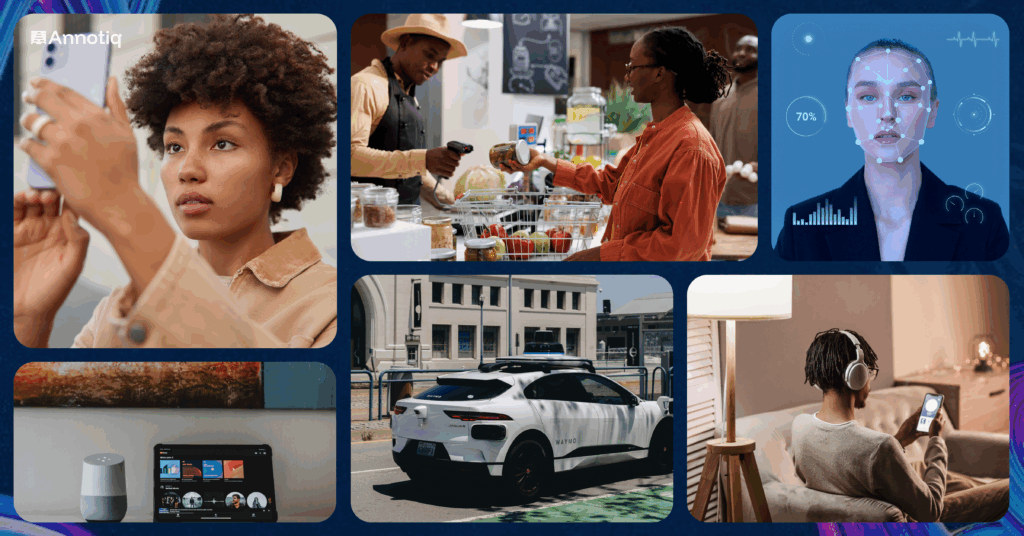Data annotation might sound like something tucked away in a research lab or a tech startup’s basement, but in truth, it’s all around us. Every time we unlock our phones, binge-watch shows, or even walk into a grocery store, annotation has played a quiet role. It’s the invisible ink that makes artificial intelligence readable.
Most people don’t think about it, but without data annotation, AI would be like a kid trying to play charades with no clues. By labeling, categorizing, and tagging real-world data, annotation helps machines understand the messy, nuanced world we live in. The fun part? It shows up in places we rarely expect.
Let’s take a walk through 10 everyday spots where data annotation makes your life smoother, easier, and maybe even a little more magical.
1. Unlocking Your Phone with Face ID

You glance at your phone, and voilà, it unlocks. Seamless. But behind that instant recognition is years of annotated data.
Behind the Scenes: Labeled Faces & Expressions
Your phone doesn’t “just know” your face. Thousands (sometimes millions) of facial images were carefully labeled, eyes, eyebrows, nose, jawlines, to help AI understand what makes a face unique. Data annotation also covers different lighting, angles, and expressions, so whether you’re half-asleep or laughing, the AI still recognizes you.
2. Streaming Services That “Know” Your Taste
Ever wonder how Netflix or Spotify seems eerily tuned to your mood? That’s annotation doing the heavy lifting.
Annotated Content & Recommendation Engines

Every show, song, and movie has been labeled by genre, mood, actors, tempo, even dialogue cues. By matching those tags with your viewing or listening history, recommendation engines can suggest exactly what you’re likely to binge next. It’s like a digital friend who always knows your “comfort show”
3. Online Shopping That Feels Almost Psychic
You browse once, and suddenly your feed is filled with the perfect shoes, coffee makers, or cozy sweaters you didn’t know you needed.
Product Images, Reviews & Personalization
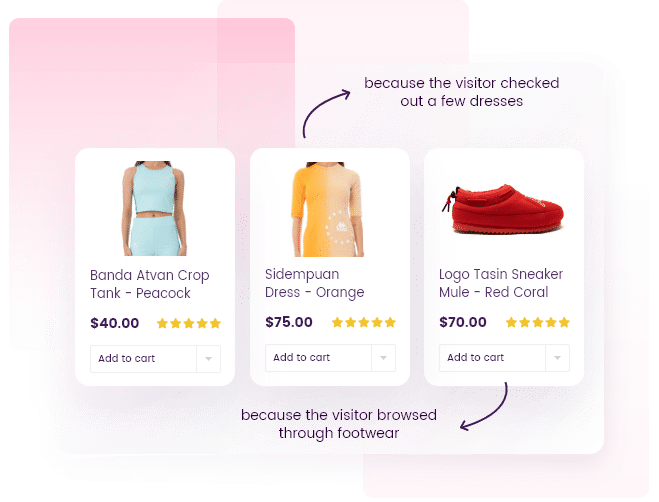
Annotation powers product tagging: images labeled with attributes (color, style, brand) and reviews labeled with sentiment (positive, negative, neutral). The result? E-commerce platforms can serve up items that match your preferences in real-time. Creepy? Yeah, maybe a little. Useful? Definitely.
4. Self-Driving Cars & Traffic Safety
Self-driving cars may feel futuristic, but annotation is the reason they can hit the road today.
Annotated Roads, Signs, and Pedestrians
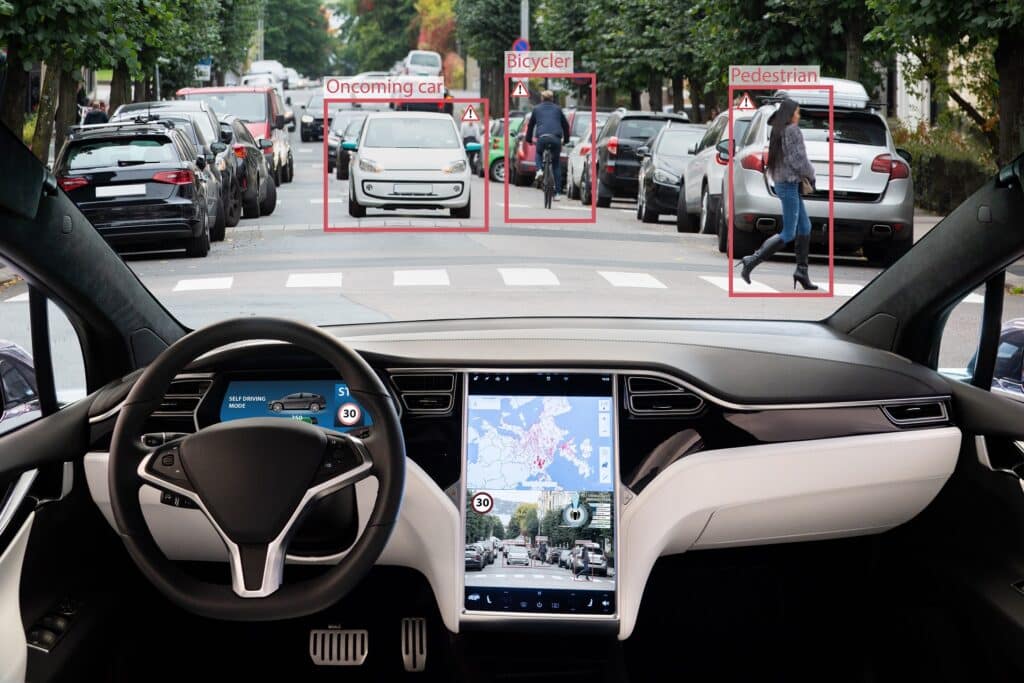
Autonomous vehicles rely on training data where every road sign, pedestrian, lane line, and traffic light is carefully labeled. Annotators literally draw boxes around objects in thousands of images to teach AI how to “see” the world. Without that, a car might confuse a shadow for a pothole
5. Customer Support Chatbots That “Get” You
Ever typed into a support chat and got a surprisingly helpful response? That chatbot is smarter than it looks.
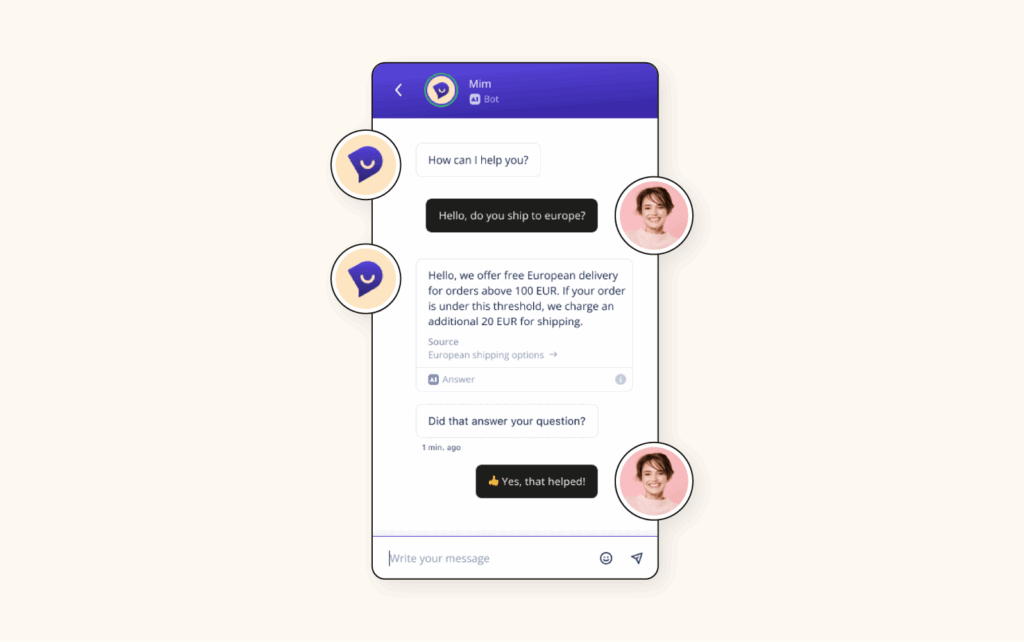
Conversational AI Trained with Annotated Text
Chatbots are fed annotated conversations where intent, tone, and meaning are labeled. Did the customer ask a question? Complain? Make a joke? Annotation helps the AI catch those nuances and respond like a human (on a good day).
6. Grocery Store Self-Checkout Machines
You scan an apple at the self-checkout, and the machine knows whether it’s a Granny Smith or a Fuji. That’s annotation again.
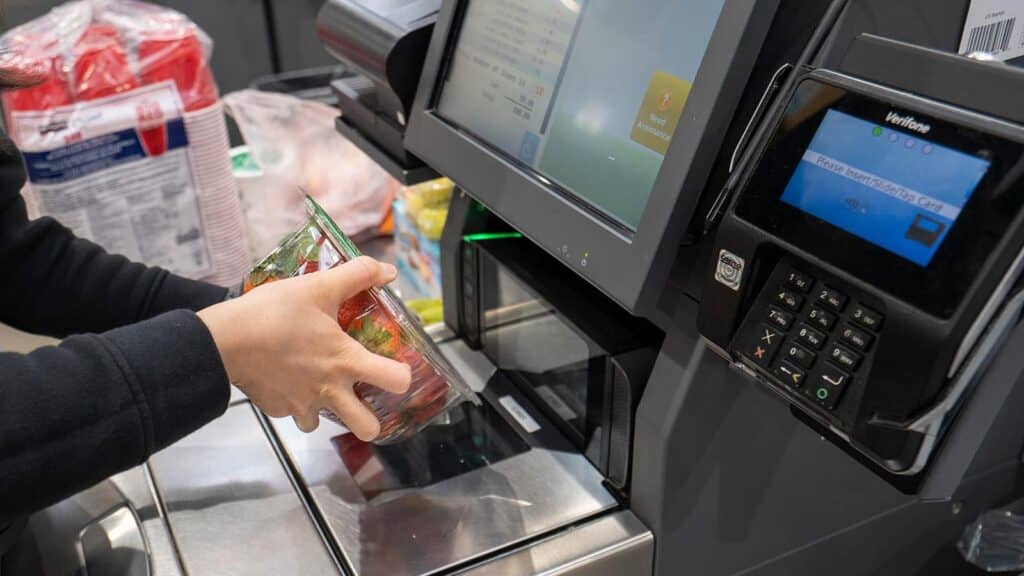
Object Recognition & Barcode Training
Vision-based AI at checkout stations is trained on annotated images of fruits, vegetables, and barcodes. It learns subtle visual differences so it doesn’t confuse bananas with plantains. Annotation makes those “unexpected item in bagging area” moments a little less… frequent.
7. Healthcare Diagnostics & Medical Imaging
Doctors increasingly rely on AI to assist with scans, and annotation is what makes that trust possible.
Annotated Scans for AI-Assisted Doctors
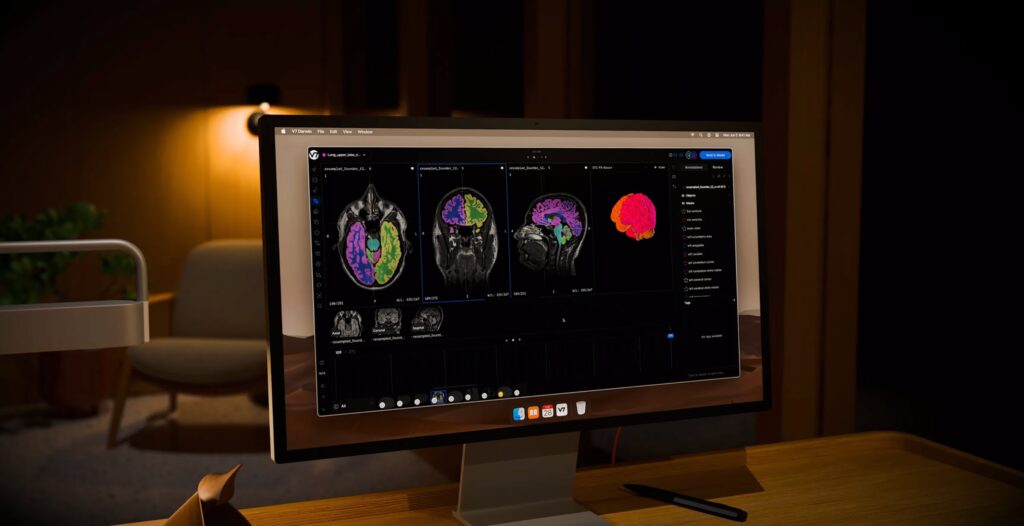
Radiology images; X-rays, MRIs, CT scans are labeled by experts to mark tumors, fractures, or anomalies. When an AI system reviews a scan, it’s comparing against this vast annotated library to help flag possible issues. It’s not replacing doctors, but it’s a second set of (very fast) eyes.
8. Social Media Feeds & Content Moderation
Scrolling through your feed feels effortless, but annotation is what keeps it from being chaos.
Labels for Hate Speech, Fake News & Ads

Content moderation relies on annotation teams labeling offensive language, graphic content, or misinformation. Ads are annotated, too, so platforms can serve you “relevant” ones. Every meme you scroll past has probably been filtered by invisible annotation layers.
9. Smart Home Devices (Alexa, Google, Nest)
You ask Alexa to play your favorite song, and somehow she knows exactly what you meant.
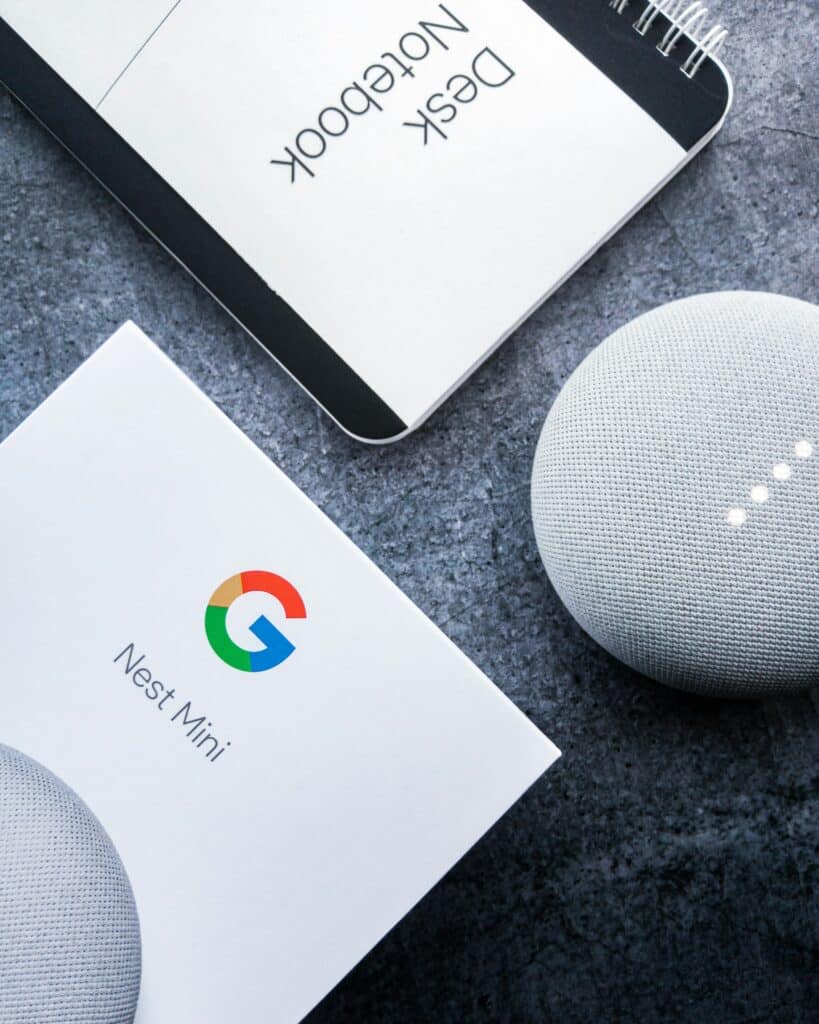
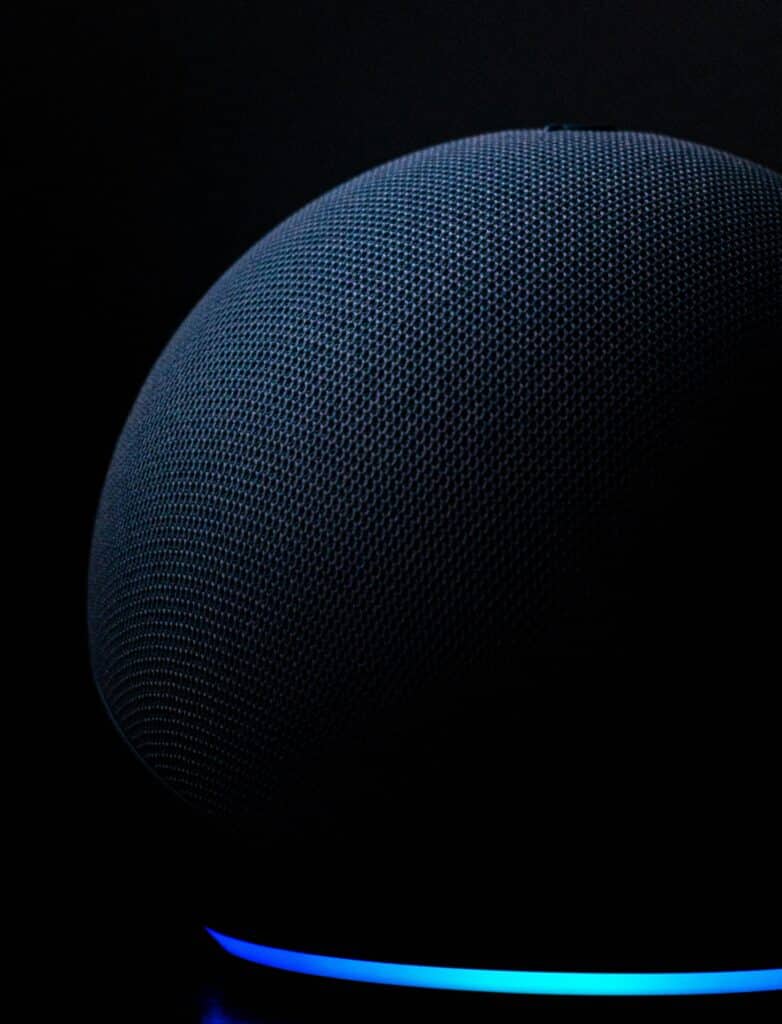
Voice Annotation & Context Recognition
Voice assistants are trained on thousands of annotated voice clips, capturing accents, tones, and even background noise. That way, when you mumble “turn on the lights,” they know what you mean and not to confuse it with “turn on The Office.”
10. Email Spam Filters & Fraud Detection
That fraud email never makes it to your inbox thanks to… annotation.
Annotated Messages that Teach AI What’s “Junk”
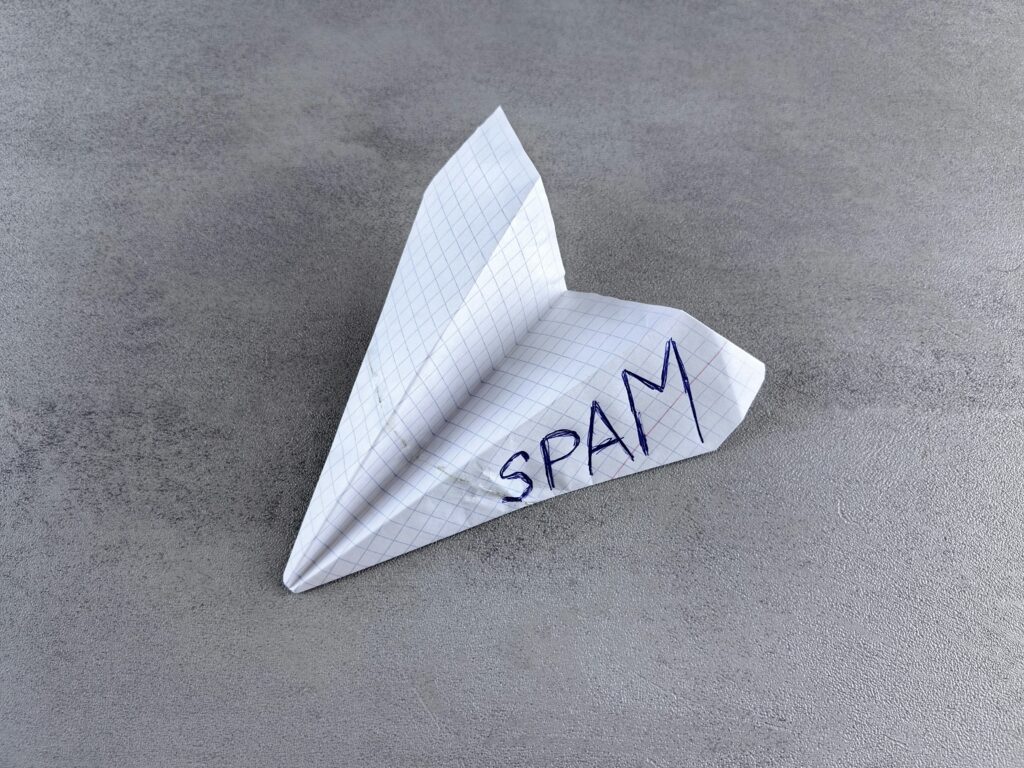
Spam filters are trained on annotated datasets of emails labeled as spam or safe. Over time, the AI learns to catch suspicious patterns; misspellings, fake links, too-good-to-be-true offers. Annotation saves you from daily clutter and scams.
Why Data Annotation Matters
Data annotation is convenient and the foundation of safe, ethical, and reliable AI. From keeping our money secure to helping doctors save lives, annotation is the quiet partner in technological progress. Without it, AI is a guessing game.
Where Annotiq Fits Into Your World
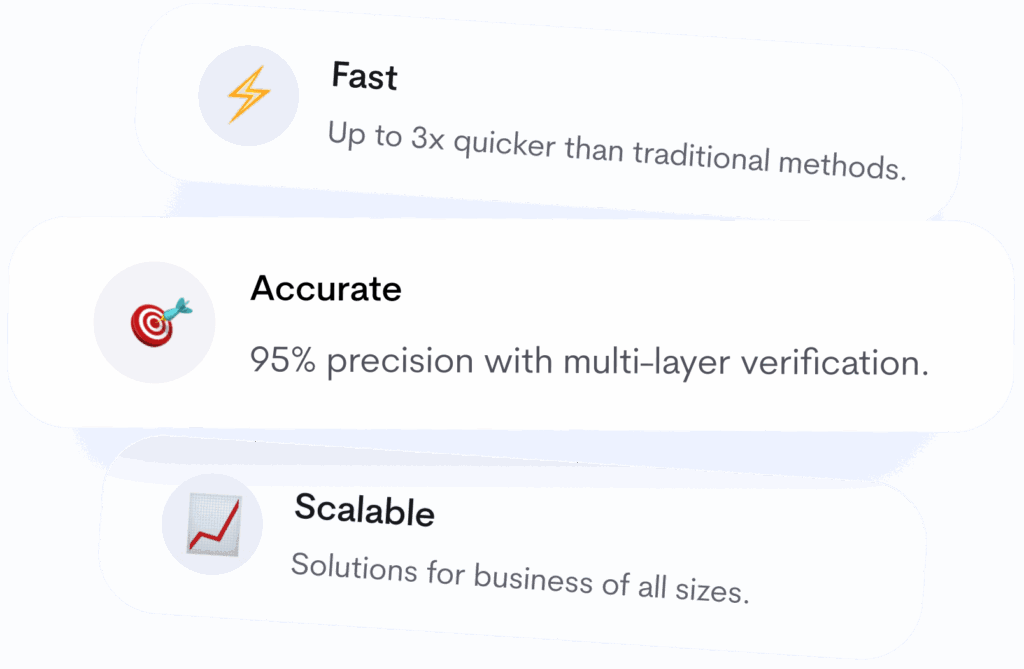
At Annotiq, annotation is an art. From image labeling for healthcare to text annotation for smarter chatbots, Annotiq helps companies build AI systems that feel intuitive and human-centered. The future of AI isn’t about machines replacing us; it’s about machines understanding us. Annotation is the bridge, and Annotiq is helping lay down the planks.
Learn more about how Annotiq shapes data into intelligence →
FAQs
Q1. What is data annotation in simple terms?
It’s the process of labeling data; images, text, audio so that AI systems can understand and learn from it.
Q2. Is data annotation only for big tech companies?
Not at all. Any company building AI product from healthcare startups to retail apps rely on annotation.
Q3. How does data annotation improve AI accuracy?
Annotation gives AI labeled examples to learn from. The more accurate and diverse the labels, the better the AI performs.
Q4. Is my personal data being annotated?
Generally, no. Companies use either public datasets or anonymized data for data annotation. Personal privacy laws limit how your individual data can be used.
Q5. Can AI annotate data on its own?
Semi-automated tools exist, but human expertise is still essential for accuracy, nuance, and context.
Q6. Why is annotation important for everyday people?
Because it shapes the AI tools you already use from safer roads to smoother online shopping. Even if you never see it, data annotation improves your daily life.
Annotiq’s Thought

You’ve been living with annotation all along
From the moment you wake up and check your phone, to the shows you stream at night, data annotation has already touched your day. It’s the silent partner behind AI; ordinary, unglamorous, but essential. The next time technology feels uncannily intuitive, you’ll know why: someone, somewhere, annotated that data so the machine could understand you better.




